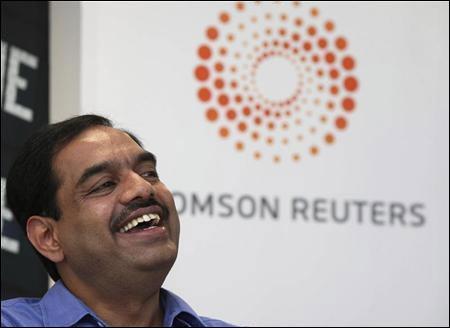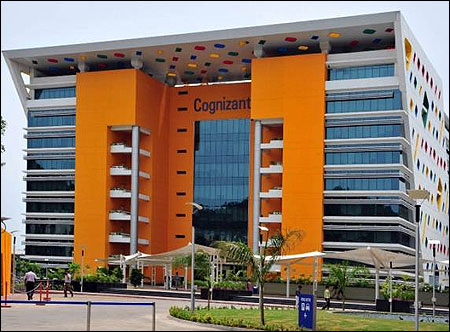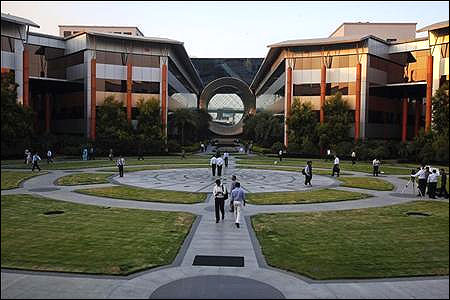 | « Back to article | Print this article |
Infosys finally utters the 'C' word
Infosys has always been accused of being conservative in its approach, though the company's leadership has been in denial mode.
That seems to be changing, with chief financial officer V Balakrishnan agreeing some amount of conservatism has indeed crept into the company in the recent past.
Speaking after the company's comparatively dismal performance and weak revenue guidance last week, Balakrishnan, also a member of the Infosys board, however, defended the guidance as being 'very realistic'.
"Of course, there is some amount of conservatism built in. When you are coming out of a tough year and a tough quarter, it is natural to build some conservatism. But, I don't think our guidance is totally conservative," he said.Click on NEXT for more...
Infosys finally utters the 'C' word
For financial year 2012-13, Infosys has given a revenue guidance of 8-10 per cent growth in its revenues as against the general expectation of 12-15 per cent.
The market reacted sharply, as it was below the growth outlook of 11-14 per cent given by industry body Nasscom.
Infosys' CFO said the guidance was a 'statement of facts' depending on how customers were expected to spend their money.
Because of the volatile environment, the company's visibility of its customers' spending for the whole year has now come down to 65 per cent, as against the earlier 70-75 per cent.
The short-term visibility (for a quarter), he says, is still better at 95 per cent, even though the value of the five per cent invisible part is quite substantial because of its revenue base.Click on NEXT for more...
Infosys finally utters the 'C' word
Asked if he is concerned about Cognizant overtaking Infosys in revenue some time in the current fiscal, Balakrishnan is non-committal.
"They have given the guidance. They have a set of customers; they might be seeing different things in the market. We can only talk about ourselves," he says.
The fact is if Cognizant meets its own guidance for its first quarter, it will take its revenue quite close to that of Infosys.
For the quarter ending March 31, 2012, Cognizant has given a revenue guidance of $1,700 million, which would be just $70 million short of Infosys' March quarter revenues.
Click on NEXT for more...
Infosys finally utters the 'C' word
Balakrishnan said positions were always relative - they would come and go and would come again.
"When we started this company, we never said we wanted to be the biggest in the industry. We have to be the best company in this space - that is very important."
The best, he says, is reflected if one analyses the other financial metrics of the company. "Our operating cash flow is 25 per cent of the revenues. Tell me how many companies in this space have an operating cash flow at such a high level.
Our pricing went up by 4.7 per cent this year. Has any other offshore player seen increase in prices? Our return on capital employed is closed to 40 per cent.
Our operating margins are one of the highest in the industry. So, we always believe in high quality growth".
Click on NEXT for more...
Infosys finally utters the 'C' word
The CFO said high-quality growth helped in giving better revenue productivity, which ensured better margins, which in turn enabled the company to pay more salary to employees and attract talent. "But wherever you trade off margins for growth, you end up losing both."
According to him, the company's focus would be to add high-quality clients who have got large IT budgets, but balance it to an extent that "they don't swing your fortune".
"Large clients will taper off at some point of time.
And, large clients are also a risk because if the client becomes a larger part of your portfolio, they will drive your business.
So, you have to balance the pyramid and make sure you get high-quality clients, mine them more and grow them faster," he says.





